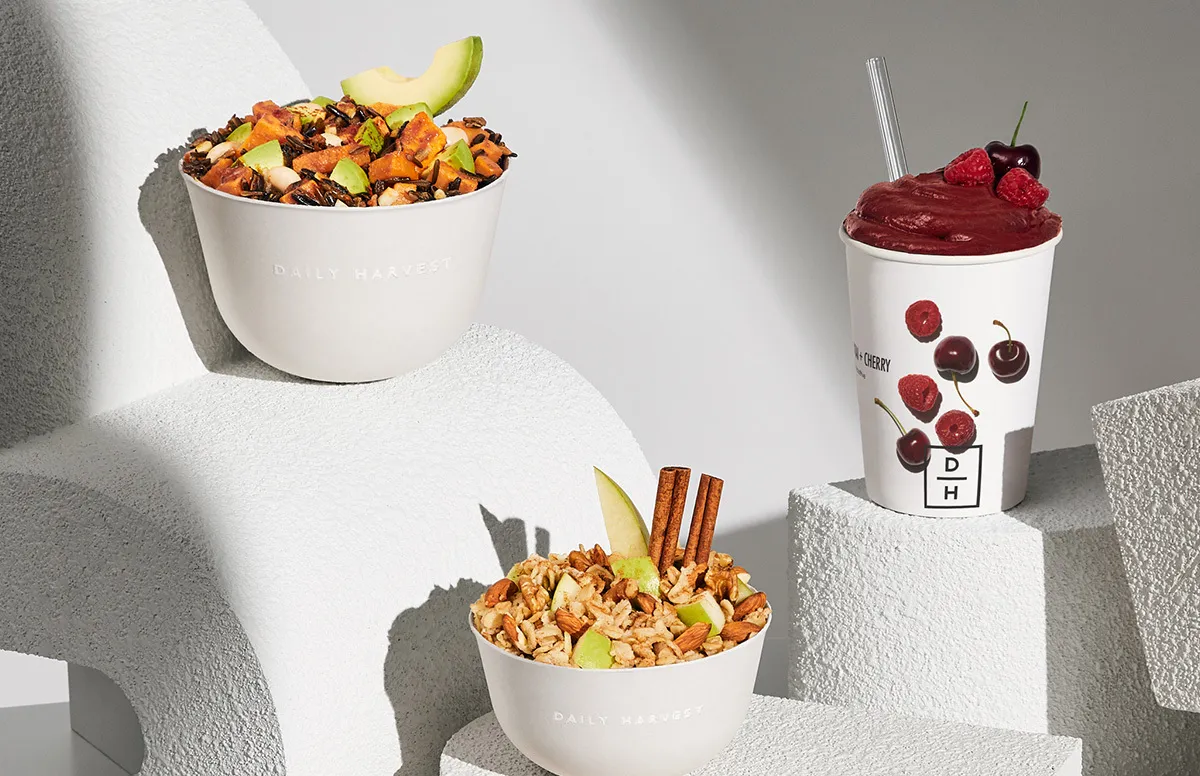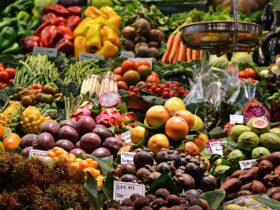When the initial wave of Covid patients arrived in the United States, it quickly became apparent that the vast majority of those being put on ventilators were suffering from various underlying illnesses.
Among these were metabolic illnesses such as obesity and diabetes, both of which have been on the rise in the United States over the last several years.
A concern that perplexed many people at the start of the pandemic was: Why does diabetes make it more challenging to fight a viral respiratory infection?
Studies have shown that the SARS-CoV-2 virus may impair blood sugar management in the short term and might cause patients with diabetes to enter a dangerously low blood sugar condition, which is potentially life-threatening.
It does this by sticking itself to the insulin receptors present in pancreas, responsible for the production of insulin.
Dr. Heather Moday is a board-certified allergist, immunologist, and functional medicine physician. She is also the author of” The Immunotype Breakthrough: Your Personalized Plan to Balance Your Immune System, Optimize Health, and Build Lifelong Resilience.
She said that working as an allergist and immunologist, she often reminds her patients that having diabetes implies they’re in a chronic low-grade inflammatory state, which puts a strain on the body’s innate immune system and makes it slower to respond to infections after they’ve been introduced into the body.
When it comes to the immune system, what we eat makes a significant difference.
No food or chemical is more damaging to your immune system than sugar, particularly during the Covid period.
Sugar is One of the Most Harmful Ingredient for Your Immune System
It is possible to have high blood sugar for various reasons, the most common of which is consuming too much of it in your diet. When this occurs, it sets off a vicious cycle of insulin resistance and obesity, which increases inflammatory mediators, damages blood vessel walls, and activates the immune system to repair the damage.
This causes a significant distraction for the immune system, allowing hazardous germs and viruses to get past our body’s defenses and infect us.
If you’ve previously been diagnosed with prediabetes or diabetes, this may come as a hard hit.
Type 2 diabetes in not a lifelong condition with a good diet and treatment.
Excess sugar should be eliminated from your diet in order to not only break this cycle but also reverse it entirely.
Cutting on your sugar is one of the most efficient methods to strengthen your immune system and prevent disease.
Sugar May be Found Almost Everywhere
Some of you may be thinking, “I’m not really a sweets person, so I don’t need to worry about this!”
However, even if you don’t consume donuts, sweets, cakes, or cookies daily, consuming too many simple carbohydrates such as bread, pasta, rice, cereal, or even some fruits and liquids may cause your blood sugar to rise without your knowledge.
People often forget — or are unaware — that sugar may be found in ketchup, salad dressings, and lattes, as well as in juice, yogurt, cereal, and protein bars, among other things.
As a firm believer in the significance of preventative care, especially when it comes to a disease as insidious as diabetes, Dr. Heather Moday recommends that the first step you take in your nutrition journey — regardless of age — be asking your doctor to perform fasting hemoglobin A1c test, even if your fasting blood glucose is average.
Hemoglobin A1c tests examine the average blood sugar over the preceding three months, so even if your blood sugar is OK on the day you visit your doctor, the test may detect underlying problems that are not immediately apparent.
How to Keep Your Blood Sugar Under Check
Once you’ve determined where you fall on the blood sugar spectrum, follow the procedures outlined below to improve your overall health:
1. Reduce your Intake of Evident Sugars
This includes treats such as candy, soda, cake, and the seasonal flavors of lattes. These meals and beverages are devoid of any nutritious value, and they are also laden with excessive quantities of sugar.
Instead, choose low-sugar treats such as dark chocolate, berries, or other dark chocolate varieties.
She’s not suggesting that you permanently eliminate all sweet items from your diet. Desserts on sometimes are OK!
However, it is essential to achieve a steady and healthy level of blood sugar in the initial stages of the program.
2. Pay Attention to the Labeling
Check the quantity of added sugar in every item in your cupboard — and I mean everything, even those that are labeled as “low in sugar” or “healthy,” among other things.
In addition to the 17 teaspoons (71 grams) of added sugar consumed by the typical American each day, the American Heart Association advises that women consume no more than six teaspoons (25 grams) of added sugar\day, and men consume no more than nine teaspoons (36 grams).
Remember, we still obtain natural sugars from fruits, veggies, and grains, so we’re not lacking in this regard!
3. Increase Your Intake of Fiber
If sugar is poison, fiber is the antidote to that poison. Fiber not only helps to keep your digestion regular, but it also helps to limit the absorption of sugar into your circulation, which helps to prevent your blood sugar levels from rising too high.
Another reason why sodas, fruit juices, and sugared coffee beverages are so bad for your health is the lack of fiber in the drinks themselves.
They are high in sugar and low in fiber, which helps keep blood sugar levels stable, found in fresh whole plant-based meals.
Black beans and lentils, steel-cut oats, avocados, buckwheat, pears, raspberries, barley, and flaxseeds are some of my favorite high-fiber meals.
4. Make the Decision to Choose Nutrition Above Calories
Instead of obsessing with calorie reduction, concentrate on increasing the amount of nutrient-dense meals in your diet, which should include plenty of protein and healthy fats.
You don’t have to go low-carb; all you have to do is pick the good carbohydrates.
In reality, consuming carbohydrates in the form of vegetables, beans, whole fruits, nuts, and seeds — all of which are high in minerals and vitamins — is an excellent strategy to limit hunger sensations to a bare minimum.
There are various applications available to assist you in keeping track of your consumption.
Moday advises all her patients to keep a food diary for a few days in order to determine how much added sugar, fiber, and other nutrients they are truly consuming.
It’s often eye-opening in its content.















Leave a Reply